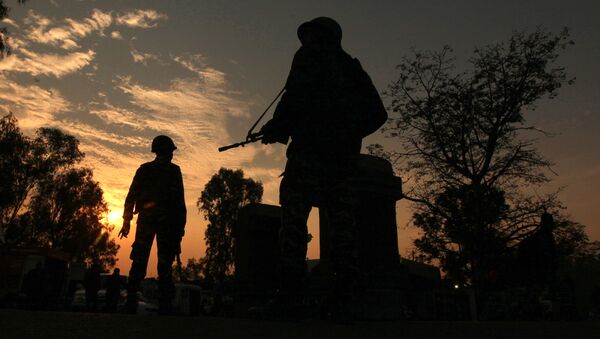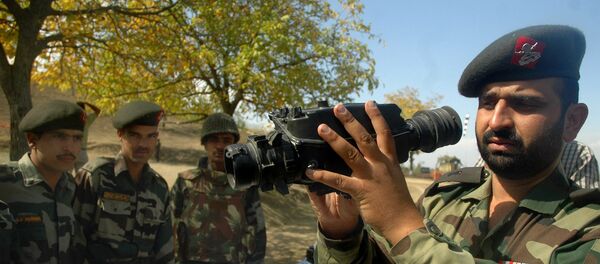“We found various conditions such as bad weather and human error, like a sentry falling asleep. So there is a need to empower our troops with technology. What the adversary wants is for us to place more human resources. But we should not get into fort mentality, but imbibe technology,” Rawat said.
The commander of the Indian Army has also laid out its priorities for procuring weapons and equipment. “Casualties take place because of bullet injuries. We are looking at [purchasing] ballistic helmets. Today we are using patkas (traditional headwear) which only protects one’s forehead. We are also looking at [purchasing] better bulletproof jackets,” he said. General Rawat has said that the army needs to start looking 5-10 years ahead, in terms of what weapons systems the armed forces should use. Recently, the Indian Army has initiated a process to procure night vision scopes for long-range machine guns and tanks along with software-defined radio in an endeavor to achieve network-centric warfare capabilities.
India has also decided to revive a four-year-old plan to purchase 200 mini-drones. The Indian Army will use these drones for the surveillance and detection of enemy movement. The army expects to use these to conduct post-strike damage assessments. The Indian Army lost 89 soldiers in 2016 in various attacks at different locations, primarily at military camps. The attacks were conducted by Islamist extremists and the government has defined them as acts of terrorism.
Never miss a story again — sign up to our Telegram channel and we'll keep you up to speed!



